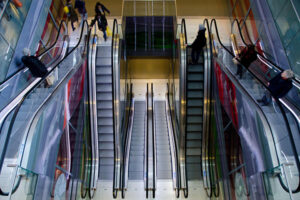An expert article from GfK Geomarketing Germany.
By Christian Heller and Verena Kugler

Furthermore, omni-channel consumers spend on average almost twice as much annually on the fashion and lifestyle segment as purely offline consumers. Modern shoppers are online 24/7 and use their smartphones to obtain customer service, read the reviews of other customers, and compare prices among online venues.
Consumers are devoting ever more purchasing power to non-retail sectors such as recreation, traveling, and rent, however. How can retail maintain its appeal to consumers throughout the entire customer journey, from the initial appeal to the actual purchase?
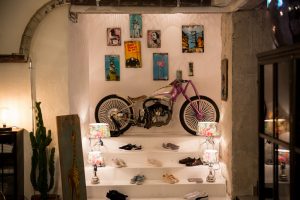
There is no one-size-fits-all strategy for how stationary retailers can respond to the expectations of today’s shoppers. This is because consumers’ decisions to shop online or use both channels are based on different factors depending on the country and target group in question.
For example, German consumers claim that the greatest benefits of online shopping are saving money and having access to a broader range of products. Despite these differences, consumers in Western economies are generally interested in three key qualities when shopping: convenience, enriching experiences, and personal interactions.
Good product selection
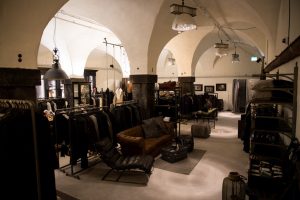
This does not necessarily mean offering every possible style, size, or color at the point of sale, but rather providing customers with some kind of added value. Creativity is often necessary along these lines, such as offering tablets in the changing area.
Customers can use these tablets to order the desired size and style of a given product, which can then be picked up at the store or delivered to their homes.
One product, one price
Even in the most attractive stores, customers are not willing to spend more on a given product. Around half of all consumers expect to pay the same price for a product in a shop as online. Two-thirds of experienced shoppers expect transparent and fair pricing.
Routine and experience as shopping motivations
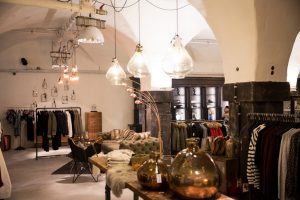
Consumers’ motivation to shop vacillates between the two poles of routine and experience. Routine purchases are predominantly functional in nature: The price is low and the product can be found quickly.
This product segment and demand for it will endure over the long term.
By contrast, experience-oriented shopping such as the typical, ambling Saturday outing, poses entirely different demands for retailers: Both the product and retail concept must work together to create a pleasing shopping experience, particularly in the fashion segment.
How consumers shop is a function of their lifestyles, irrespective of whether they’re hipsters, ecologically minded, liberal or conservative.
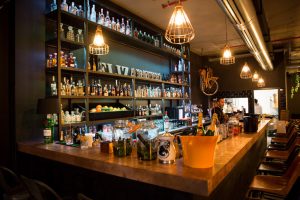
Retailers should integrate feel-good qualities and entertainment into their shop concepts so consumers willingly linger and return.
Exceptional concepts and high-quality products create shopping experiences that consumers can’t directly compare to other vendors.
The concept store Lust auf Gut in Freiburg, Germany is a good example of this trend. While at the store, customers can drink coffee with friends, get their hair cut, and pick up a bouquet of flowers from the florist near the exit.
Even if it seems like the safer choice, the middle segment approach poses more risks than opportunities over the long term. Clear positioning with respective to price, image, and brand is especially crucial for fashion retailers.
Convenience is key

In the dawning age of the “connected consumer,” the shopping experience must be integrated into other aspects of consumers’ lives. Retailer concepts should engage consumers in their daily lives, whether when traveling to work or surfing the internet on the sofa.
There are many ways to do this, such as location-based advertising on Facebook or a pop-up store at an unusual place, such as where workers break for lunch.
While successful modern location concepts are more complex for retailers, they are simpler from the standpoint of consumers: Such concepts proactively engage consumers, saving them time and making their lives more comfortable and enjoyable.
Summary

Evolving consumer behavior and increasing digitization demand new adaptions of location and store concepts, especially in the fashion segment.
Some brands have already embraced the advent of the “connected consumer” through flagship stores and innovative location concepts positioned at the right sites.
By adopting creative and experience-oriented concepts, retailers can offer fresh, ever-evolving shopping experiences that attract consumers and build brand loyalty.


